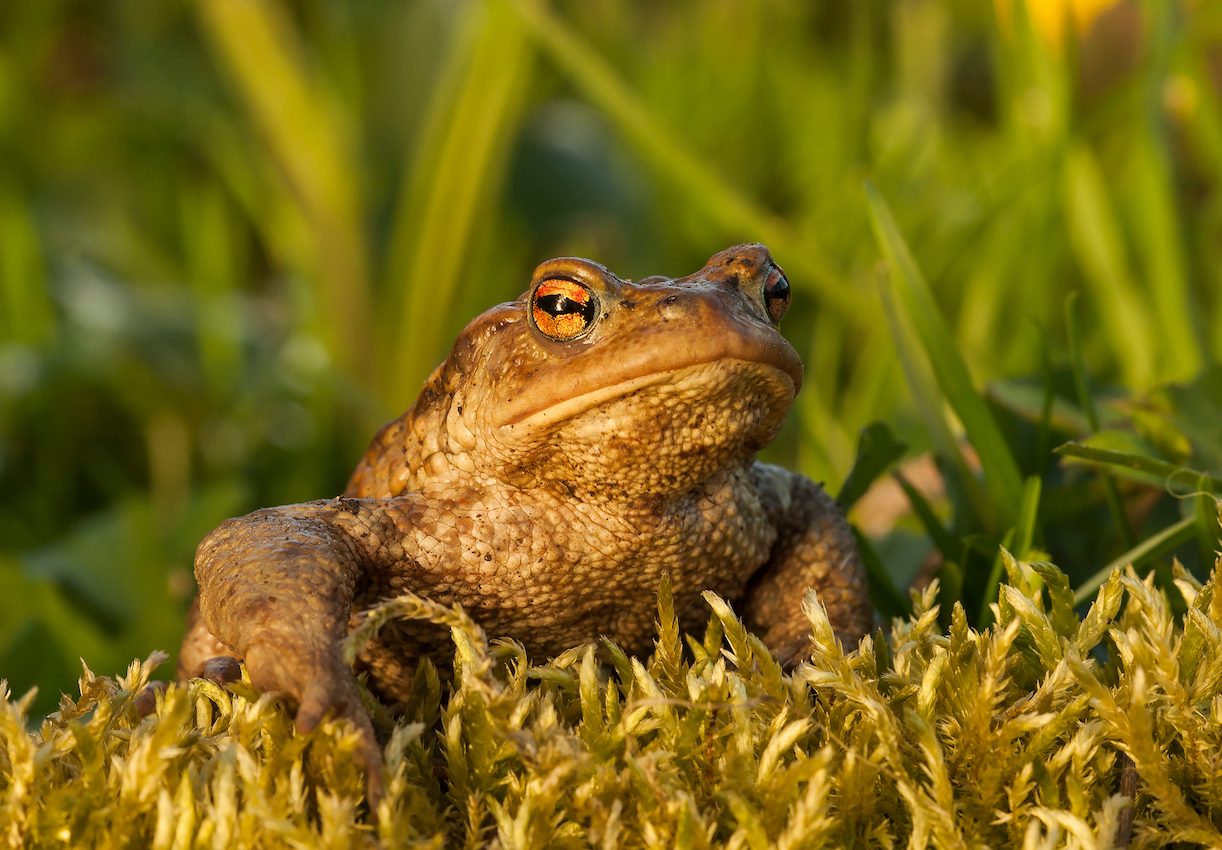
How you can help frogs by cutting off their toes (after they’re dead)
In their research to determine why so many amphibian species are dying out, scientists at the University of Wolverhampton and University of Salford are asking for your help. The researchers are attempting to gather as much data as possible from publicly provided toad samples – in the form of either mouth swabs of living animals or toe-tips from dead toads.
“We are really interested in having as many people from across the UK helping to collect as many genetic samples as possible,” Rémi Martin, a PhD candidate conducting the research, told The Times. “These samples can be in the form of ‘toe-tips’ from toads killed on roads or buccal swabs from live toads. If people want to get involved, then they should email us and we will send out a sampling pack.”
Their research is being conducted in partnership with Amphibian and Reptile Conservation (ARC).
“We will use the data to look at how genetic diversity in toad populations may have changed over time or by area, how this may be affecting some populations in the modern landscape, and how declines might be addressed through conservation,” Dr. John Wilkinson, the supervisor of this research who also works for the ARC, told The Times. “Samples from all populations are useful but we would be particularly interested in sites with some history – that is, known not to have declined or known to have been through a decline already.”
A recent study published in the journal Science found that 90 amphibian species have already died out as a result of a single deadly fungal disease. This disease, known as Chytrid fungus disease, is caused by the pathogenic fungus Batrachochyrium dendrobatidis (Bd). The fungus kills amphibians by damaging their skin, destroying their immune systems, and even causing heart failure. It is believed to be responsible for killing off hundreds of amphibian species, and could potentially be a threat to one-third of the world’s frogs and salamanders.
So if you want to help out our amphibian friends in the face of this fearless fungus, get in touch with the ARC and keep your eyes peeled for toads to sample.
—
By Connor Ertz, Earth.com Staff Writer













